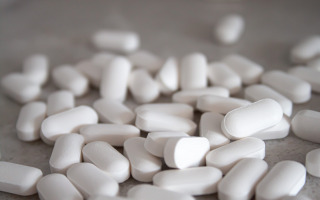New Study Reveals How Immune Cells Help Defend Against Candida Infections
New research shows that eosinophils, immune cells usually linked to allergies, also play a protective role against Candida infections by using the CD48 receptor to recognize the fungus and release proteins that stop its growth. This discovery is important because it reshapes how we understand the immune system and opens the door to new therapies that could strengthen natural defenses against life-threatening fungal infections, a growing challenge in hospitals worldwide.













